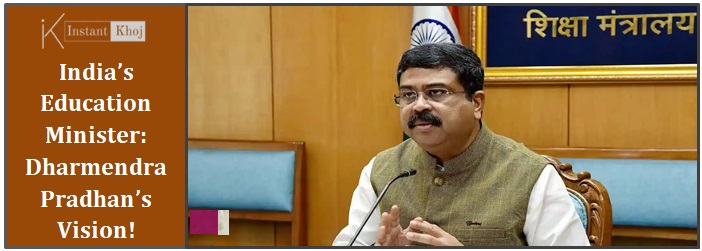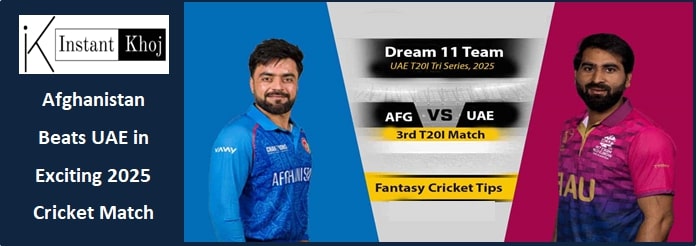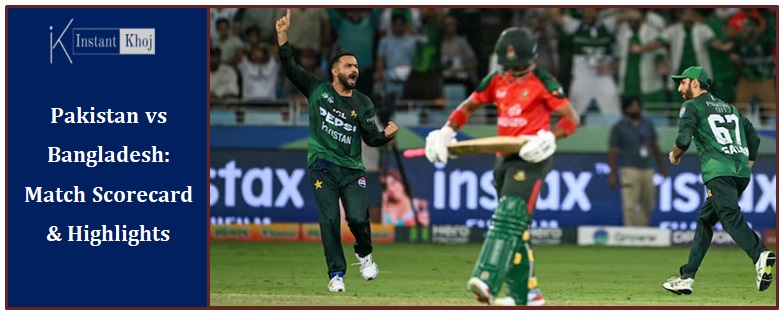Since July 2021, Shri Dharmendra Pradhan has held the office of Union Minister of Education for the Government of India. A seasoned politician with roots in Odisha, Pradhan has guided the education sector through one of its most transformative periods, implementing policies aimed at broadening access, enhancing quality, and bringing 21st‑century relevance to Indian classrooms.
In this article, we explore his background, key responsibilities, major reforms under his leadership, and what his work means for students, teachers, and the future of India’s education system.
Early Life & Background
-
Born on June 26, 1969, in Talcher, Odisha.
-
Education: He graduated from Talcher Autonomous College and Utkal University, reflecting his strong academic roots.
-
Political Journey: Before assuming the Education Ministry, Pradhan held various portfolios, including Minister of Skill Development & Entrepreneurship, Minister of Petroleum & Natural Gas, and Minister of Steel. His diverse experience across sectors gives him a broader perspective on how education can integrate with skills, industry, and national development.
Roles & Responsibilities as Education Minister
As the Union Education Minister, Dharmendra Pradhan’s role encompasses:
-
Policy Formulation
He leads the creation, refinement, and execution of policies that govern school education, higher education, and allied areas. This includes oversight of frameworks like the NEP (National Education Policy) 2020. -
Curriculum & Quality Assurance
Ensuring that curricular reforms keep pace with global standards, promoting multilingual education, integrating critical thinking, STEM, vocational skills, and ensuring that the quality of teaching and assessment evolves. -
Access & Equity
One of his crucial tasks is to ensure that education reaches every section of society — rural areas, economically weaker sections, tribal regions, girls — reducing disparities. Enhanced infrastructure, scholarships, digital access (e.g. online study platforms), and mother-tongue instruction in early schooling are among the strategies. -
Skill Development & Employability
Linking education with employable skills is a priority. Under his tenure, efforts to bridge the gap between academic studies and real-world job requirements have intensified. Vocational training and partnerships with industry are part of this push. -
Digital Education & Innovation
With EdTech becoming a central feature, Pradhan’s ministry has emphasized platforms like DIKSHA, SWAYAM, Digital University (or National Digital University), etc., alongside push for smart classrooms, digitization of resources, assessments, etc.
Major Reforms & Initiatives Under Dharmendra Pradhan
Several reforms and initiatives mark his tenure as Education Minister. These are reshaping how education is delivered in India:
-
National Education Policy (NEP) 2020 implementation
This policy aims for a holistic, learner‑centric education system that emphasizes flexibility, multiple entry & exit options, vocational education aligned to school levels, mother-tongue instruction early on, and reduced curriculum load. -
Focus on Foundational Literacy & Numeracy (FLN)
Ensuring that students in early grades achieve basic reading, writing, arithmetic competency; especially in remote and underserved areas. This is a key benchmark in many district‑level programs. (Referenced in recent ministerial reviews) -
Infrastructure & Resource Boost
Upgrades to school buildings, technology access, better teacher training. Also enhancing resources in higher education—universities and colleges—for research, facilities, digital tools. -
Equity Measures
Targeted efforts to reduce dropout rates among girls, support for students with disabilities, and improved access in tribal, remote and low‑income communities. Also, policy pushes for use of local languages in early education to avoid language barrier dropout. -
Examination Reforms & Holistic Assessments
Shifting away from one‑time high‑stake examinations, emphasis on continuous assessment, project‑based learning, multidisciplinary education. Adjusting patterns to reduce stress among students. Part of NEP’s guidelines.
Impact & Recent Developments
-
In recent field visits, including to districts like Mayurbhanj (Odisha), Pradhan has reviewed how NEP’s mandates are working on the ground: teaching in mother tongue, infrastructure readiness, teacher sensitization, etc.
-
Efforts are ongoing to strengthen digital delivery — bridging gaps in regions with low internet penetration, ensuring content is accessible.
-
Focus on aligning educational standards across states so that quality isn’t limited to big cities. The goal is equitable education.
Challenges & Criticisms
While the direction is broadly positive, there are challenges:
-
Implementation Gap: Translating policy into reality on the ground—teacher shortages, infrastructure deficits, delays in roll‑outs—remain concerns.
-
Digital Divide: Even with digital tools, many rural/remote areas struggle with connectivity and devices. Ensuring access, not just content, is essential.
-
Language & Local Adaptation: While promoting mother tongue instruction, creating quality curriculum and teacher training in many local languages is resource‑intensive.
-
Assessment Transition: Moving from traditional exam structures to continuous, flexible assessment models is complex — systems and mindsets need adaptation.
Vision for the Future
Looking ahead, Dharmendra Pradhan’s vision for India’s educational landscape seems to include:
-
A more inclusive, flexible education system that adapts to students’ varied needs and backgrounds.
-
Stronger integration between education, skill development, and employment, so graduates aren’t only academically prepared but job‑ready.
-
More use of technology, but with an eye on reaching those still underserved.
-
Emphasis on holistic growth — critical thinking, creativity, life skills — not just rote learning.
-
Continuous monitoring and feedback loops to correct implementation issues, especially in remote districts.
Why It Matters
Education underpins every major sector—health, economy, social equity. The work of the Education Minister impacts millions of young lives across India. Under Dharmendra Pradhan:
-
Students are seeing more options, more support, especially in neglected regions.
-
Schools and colleges are being pushed to upgrade and modernize.
-
India is increasingly aligning with global educational goals, while retaining local relevance (language, culture, diversity).
These changes have long‑term potential to uplift communities, reduce inequalities, and prepare India for the challenges of technology, globalization, and future work requirements.
Final Thoughts
Shri Dharmendra Pradhan as Education Minister stands at a crossroads of transformation. With bold frameworks like NEP 2020 in place, and with a sharpened focus on equity, skills, and digital readiness, his tenure could define how India educates its next generation. The goals are ambitious, the challenges real, but the direction is grounded in a vision of education that is accessible, relevant, and forward‑looking.





2 thoughts on “India’s Education Minister: Dharmendra Pradhan’s Vision!”